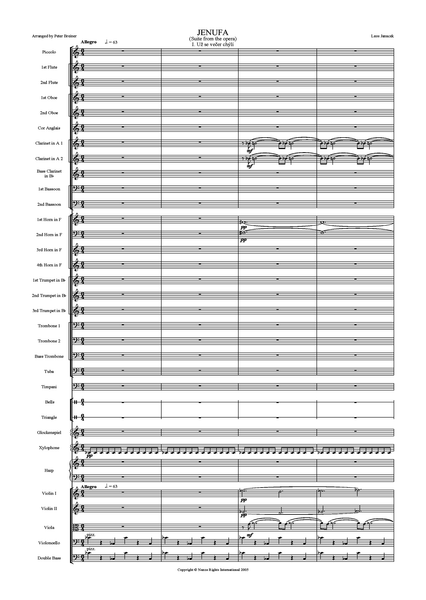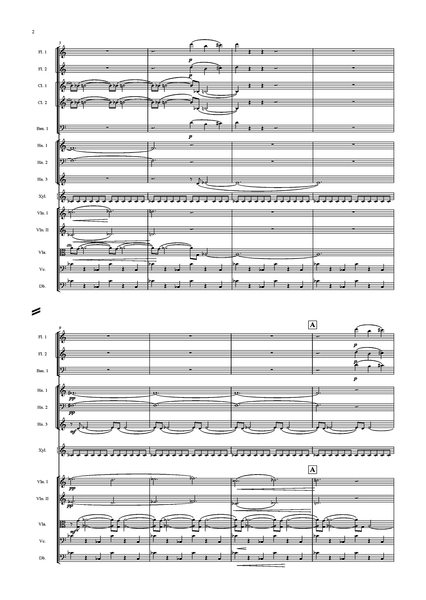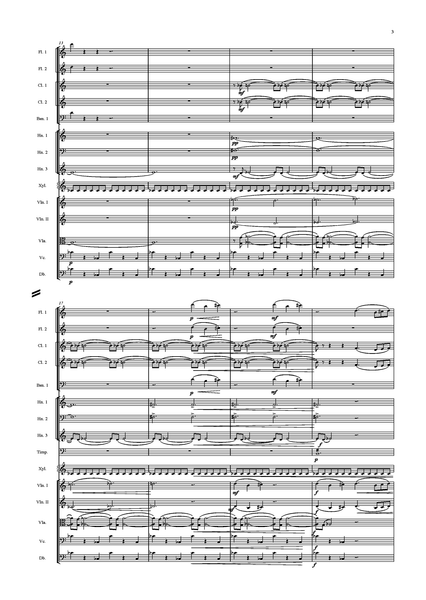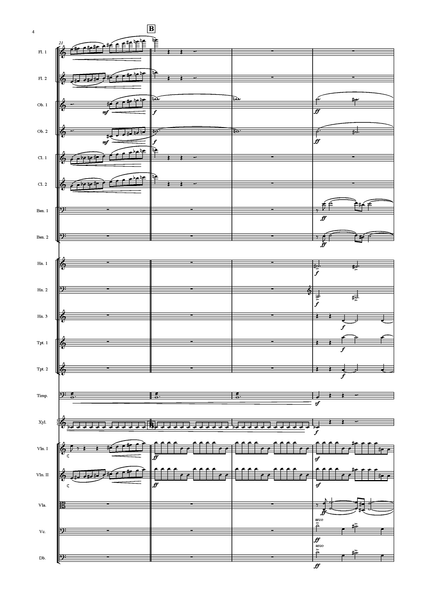Leoš Janáček: Jenůfa Suite – arranged by Peter Breiner (PB046)
Sheet music edition. Choose your format from the selection above.
129 pages
Duration: 31m
Instrumentation: 2+1, 2+1, 2+1, 2 - 4, 4, 2, 1 - timp + perc - hp - str
When Jenůfa had its première in Brno in 1904, Janáček was already fifty. His slim output was unknown, but the composer was already highly regarded in Brno as a talented conductor, critic, teacher and ethnomusicologist. In 1881 he founded a college of organists there, which he directed until 1920, and established a strong foundation for musical education with an orchestra and instrumental classes. In 1884 the Provisional Czech Theatre opened and Janáček started a musicological journal in which he reviewed the theatre’s modest repertoire of performances. Inspired or at least spurred by what he saw and heard, he began to write his own stage works. Despite initial false starts, Jenůfa was a major achievement. The startling play by Gabriela Preissová that he chose as the inspiration for the opera follows the unfortunate life of Jenůfa, a village girl who lives with her stepmother, called the Kostelnička. Jenůfa is pregnant with her cousin Števa’s child and is fearful that he will be conscripted into the army and her pregnancy will be discovered. The Kostelnička hides Jenůfa away and begs Števa to look after Jenůfa, but he is spineless and shirks his responsibility. Števa’s half-brother Laca remains their only hope and rashly Kostelnička tells Laca that the baby has died. She acts quickly and drowns the baby in the millstream, telling Jenůfa that the baby passed away when she was unwell. It is only on Laca and Jenůfa’s wedding- day that the truth finally comes out and Kostelnička is taken away for trial. Laca promises to look after Jenůfa and, despite everything, she realises that God has smiled on them.
Janáček matches this desperate tale with a wildly emotional score. Calling on Moravian folk-music and an imitation of the rhythms of Czech speech, Janáček’s sound-world is rough-hewn and beautiful. Peter Breiner’s orchestral suite charts the entire span of the opera, starting with the evocative sound of the mill, indicated by the tapping of a xylophone. We realise, through the shifting harmonies, that all is not well. The second movement, a riotous dance, is taken from the scene in which Jenůfa’s beloved Števa returns celebrating his avoidance of conscription. It represents one of the few moments of happiness in the opera, but that joy is not unbridled, and the suite moves seamlessly into music taken from the wise words of Jenůfa’s grandmother (endorsed by the whole community) that every couple have their own problems. The third movement brings us to the preparations for Laca and Jenůfa’s wedding, although the ominous rumbling from the opening of the suite returns and, as if in flashback, we move to the introduction to the second act when Kostelnička commits her crime, a trick that the highly cinematic Janáček would have relished. Again in flashback we return to Števa’s drunken antics and the song ‘Daleko široko’ with slurring brass mimicking his behaviour, preceded by a plangent violin solo, heavy with Jenůfa’s predicament. The next movement returns us to Laca and Jenůfa’s wedding with a jolly bridesmaids’ song, moving to Grandmother’s blessing. The contentment is short-lived and the events of the previous two acts reach their zenith in the adumbration of the discovery of Jenůfa’s baby in the millstream and the villagers subsequently turning on the Buryja family. The last movement charts Laca and Jenůfa’s final moments, facing the challenge of their future life. It sees Janáček at his most lyrical, the belligerent mill tapping now calmed to the ululating harp with long-spun melodies high in the texture in a numinous coda.
Audio Sample















